Apple filing illustrates wireless iPod sync, docking station
Apple Computer's iPod digital music players could gain wireless capabilities through an enhanced docking station before such capabilities are actually built into the players themselves.
The filing portrays a syncing system very much like the one implemented in shipping versions of Apple's iTunes jukebox software, where media files on a personal computer are synchronized with an iPod when the device is connected to the computer through a USB or FireWire cable. However, the concept builds on such technology by routinely checking for the presence of a media player with wireless transfer capabilities before checking for a wired connection.
"The synchronization can be automatically performed when the media player that supports wireless communications is placed within a wireless network that also couples to the host device," the company wrote in the filing. "In [...] another embodiment, synchronization can be automatically performed when the media player is placed in a docking station that supports wireless communications."
Apple said the wireless network can be sponsored by a host computer or some other device, such as a wireless router or hub. However it did not specify a particular wireless medium for which the technology would be based, saying only that such technology would typically be short ranged.
"The wireless network typically has a local area or a limited range," the company said. "The infrastructure of the wireless network can include one or more of 802.11 systems, Bluetooth systems, 900 MHz systems, or other localized wireless data transfer means."
What Apple did say is that the synchronization technology would tie into its digital rights management scheme, where wireless connectivity between a computer and media player could be restricted if it was determined that the player was not authorized to sync with a particular computer and its associated media library.
The Cupertino, Calif.-based company added that, "One advantage of the invention is that a user is able to manage a media player with a host computer over a wireless connection" where "synchronization can be performed without a physical connection and without any requirement for line-of-sight arrangements."
"Still another advantage of the invention is that a larger portable device, such as a vehicle, bag or case, can house or contain the media player and also optionally provide wired/wireless communication capability," Apple said.
The July 2006 filing is credited to three prominent members of Apple's iPod team, including iPod Division senior vice president Tony Fadell, iPod product line director Stanley Ng and iTunes software chief Jeff Robbin.
 Prince McLean
Prince McLean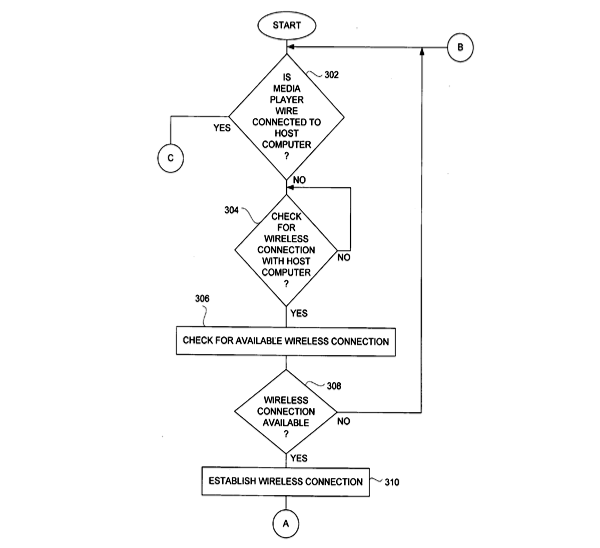




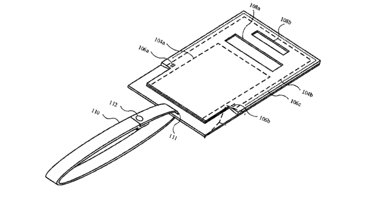






 Wesley Hilliard
Wesley Hilliard
 Malcolm Owen
Malcolm Owen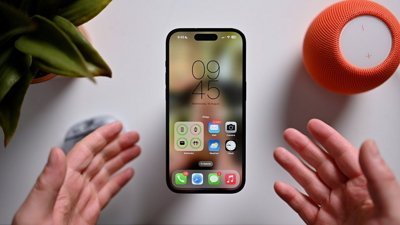
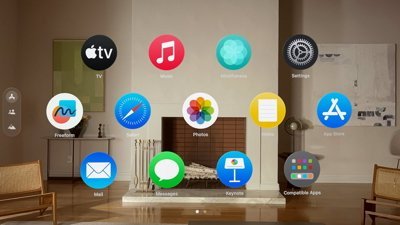

 William Gallagher
William Gallagher

 Christine McKee
Christine McKee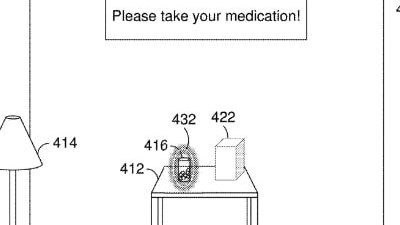
 David Schloss
David Schloss







